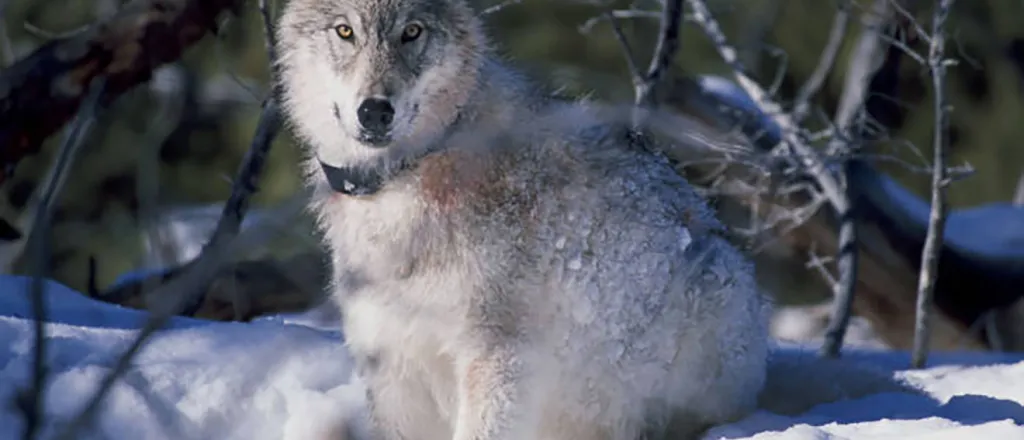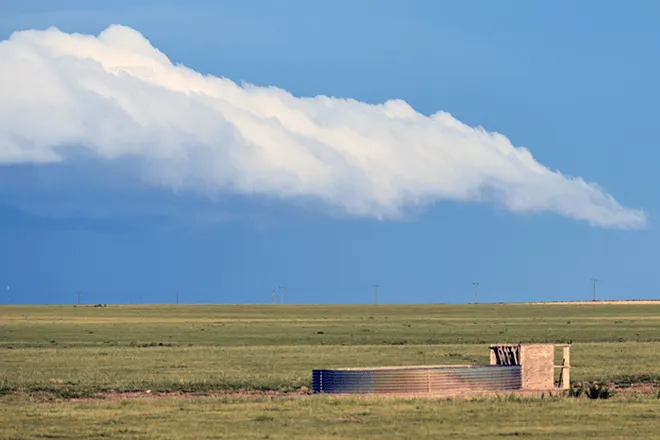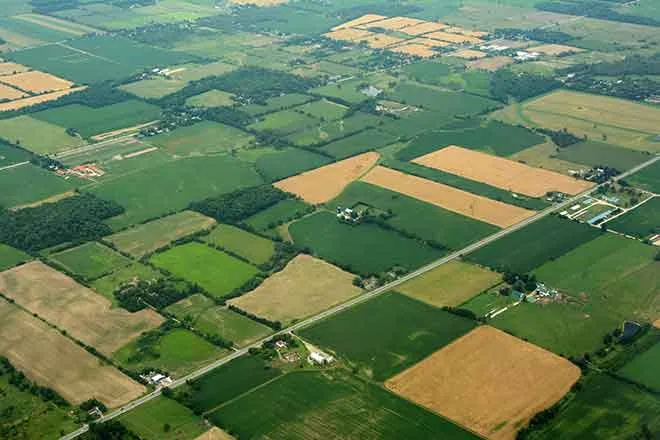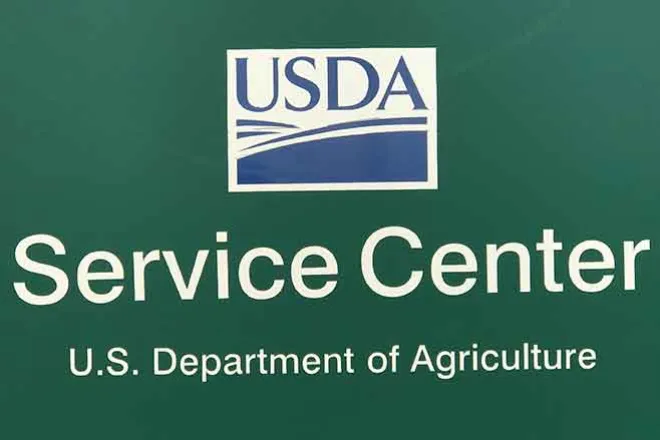
Colorado to capture, transport wolves from Oregon for reintroduction by year end
(The Center Square) – Colorado Parks and Wildlife will begin capturing 10 gray wolves in Oregon starting in December to meet a voter-mandated deadline for reintroducing the animal.
Colorado announced a one-year agreement with the Oregon Department of Fish and Wildlife on Friday for the capture of the wolves. The project is expected to be completed by March 2024. Proposition 114, passed with 51 percent of the vote in November 2020, directed the Colorado Parks and Wildlife Commission to develop a plan to restore and manage the gray wolves west of the Continental Divide by the end of 2023.
Colorado will be responsible for all costs associated with the capture and transportation of the wolves with Oregon providing some assistance, according to a media release from CPW. Oregon will share location information and best practices for capturing.
“We are deeply grateful for Oregon’s partnership in this endeavor, and we are now one step closer to fulfilling the will of the voters in time,” Governor Jared Polis said in a statement.
CPW staff will utilize helicopters and planes to capture the wolves, according to the organization. Wolves will be tested and treated for disease at the capture site. In addition to physical measurements of the wolves, they will be fitted with collars in Oregon before being transported in crates by either truck or airplane.
“The wolves will be released at select sites in Colorado as soon as possible once they arrive in the state to minimize stress on the animals,” said Eric Odell, a Colorado wolf program manager. “CPW will aim to capture and reintroduce an equal number of males and females. We anticipate that the majority of animals will be in the 1- to 5-year-old range, which is the age that animals would typically disperse from the pack they were born in.”
Animals determined to have been involved in repeated captures and those with significant injuries won’t be chosen for reintroduction in Colorado.
“Oregon has a long history of helping other states meet their conservation goals by providing animals for translocation efforts,” Curt Melcher, director of the Oregon Department of Fish and Wildlife, said in a statement. “Some of our wildlife populations were also restored thanks to other states doing the same for us, including Rocky Mountain elk, bighorn sheep and Rocky Mountain goat. The wolves will come from northeast Oregon, where wolves are most abundant in the state and where removal of 10 wolves will not impact any conservation goals.”
The Colorado Parks and Wildlife Commission approved in May the state’s plan to reintroduce the wolves. The U.S. Fish and Wildlife Service moved toward easing a federal endangered species regulation in September and allowed the reintroduction an “experimental” status.














